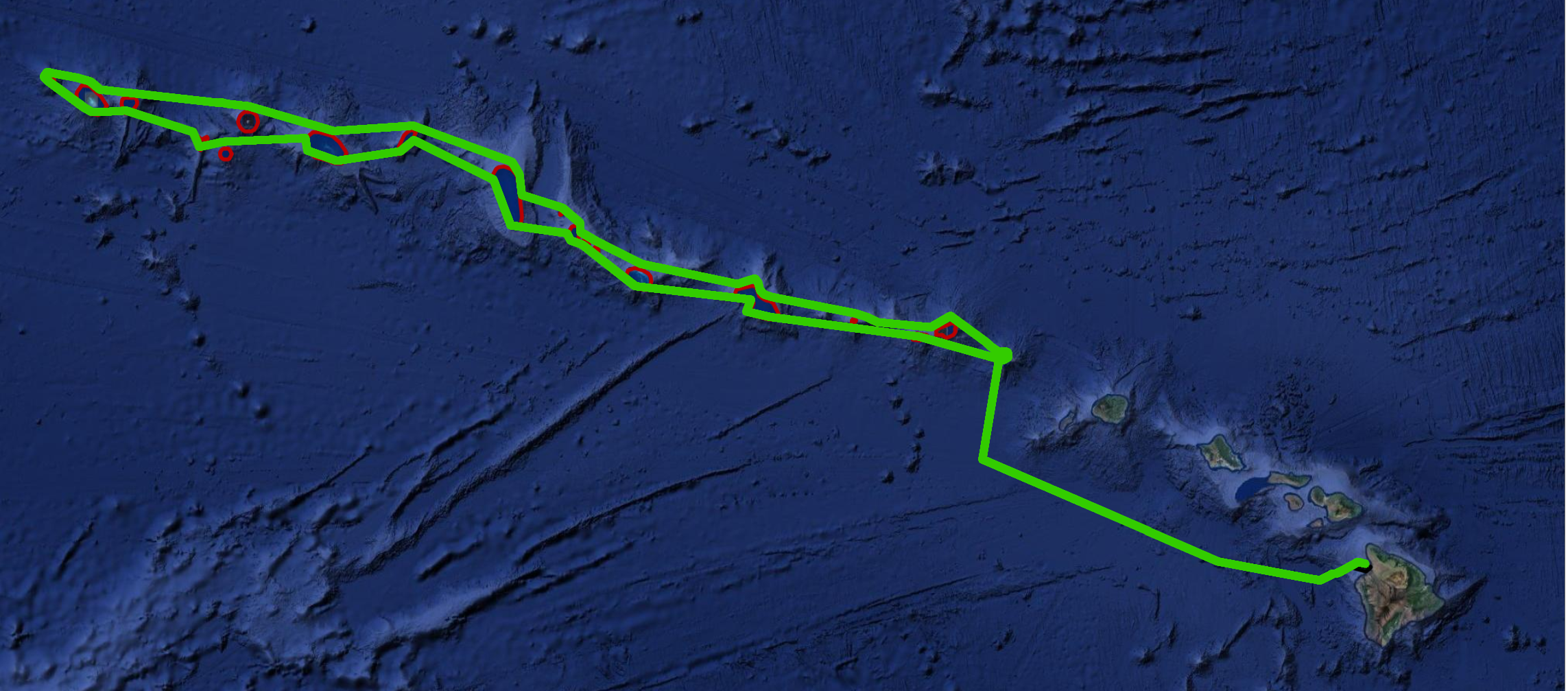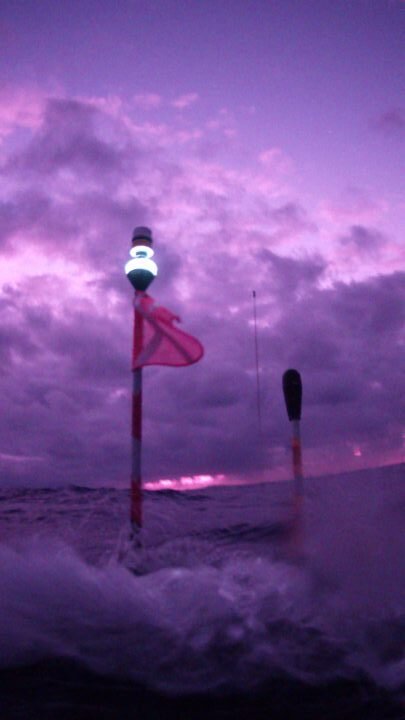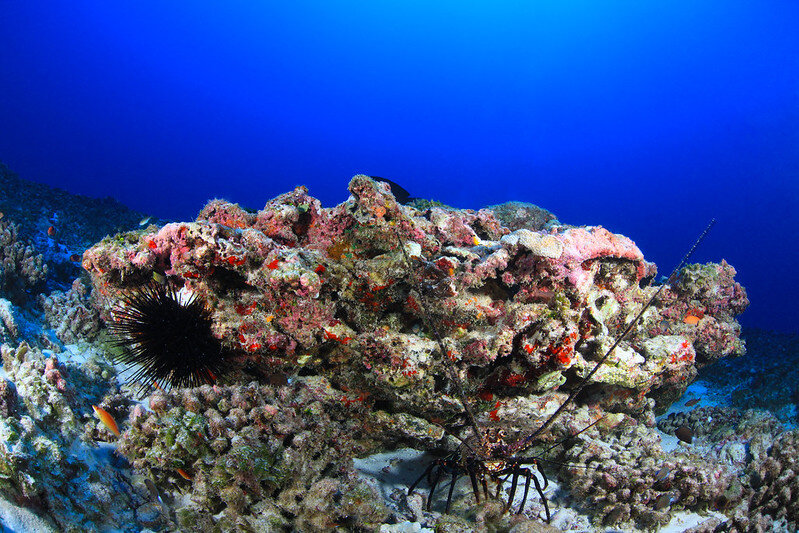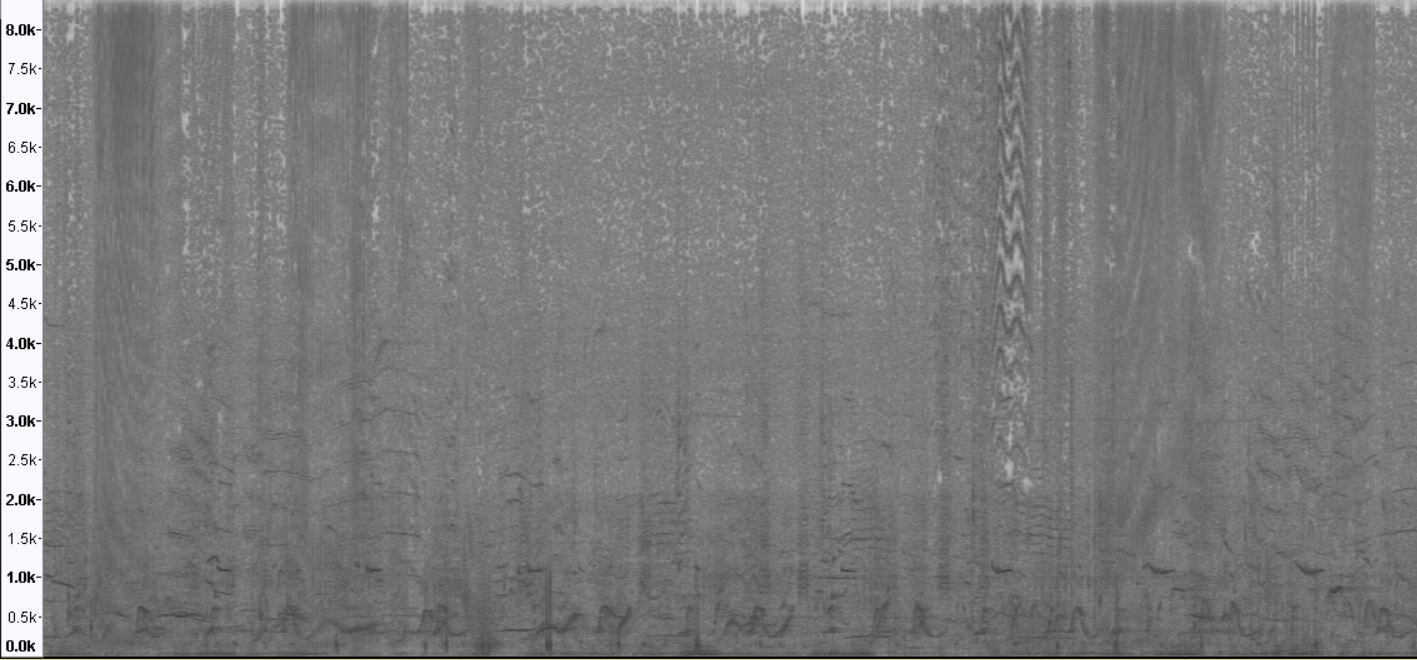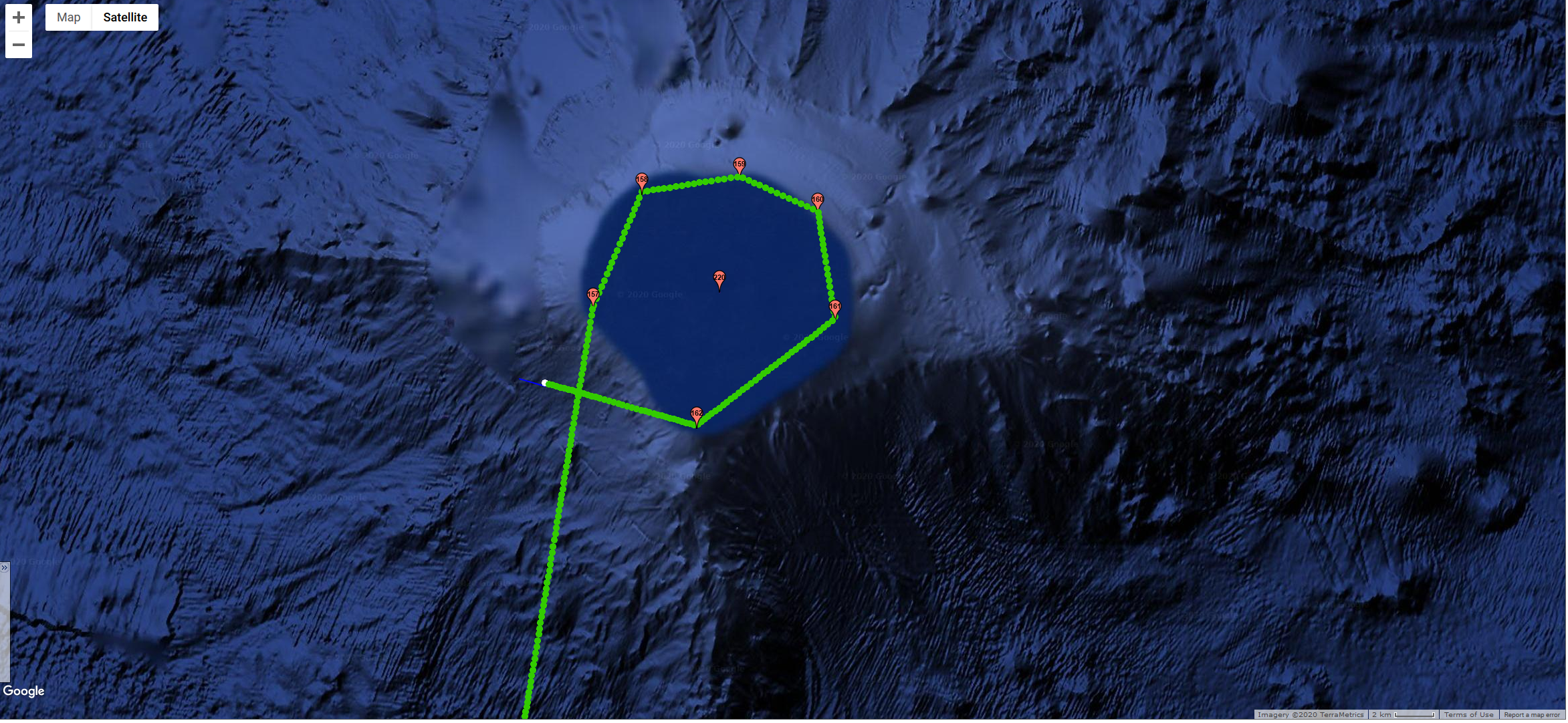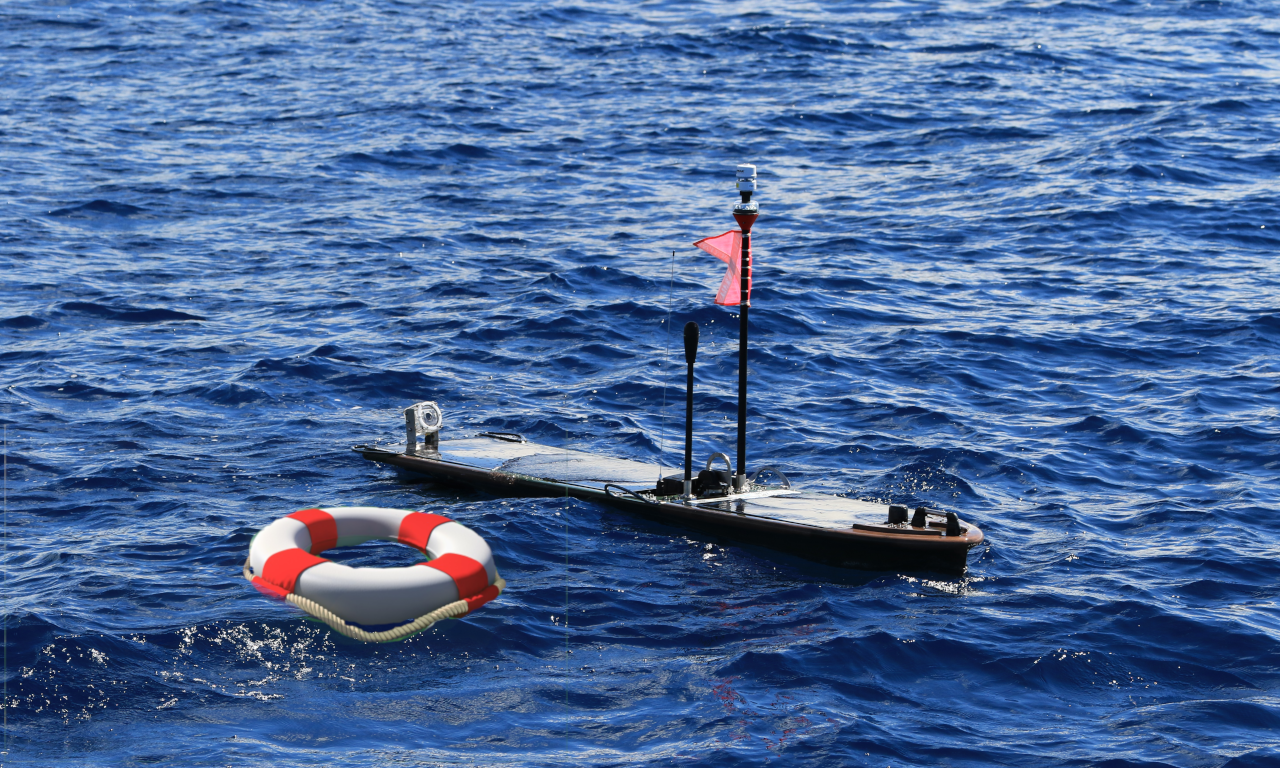There are approximately 30 submerged banks in the Northwestern Hawaiian Islands. Up until recently very little was known about the banks beyond that they were shield volcanoes formed at the hotspot. Some scientists believe that many of the banks act as ‘stepping stones’ for marine organisms to migrate in the region. The bank areas provide extensive habitat for bottomfish and a few are known to provide foraging habitat for endangered Hawaiian monk seals. Large precious corals, such as gold, pink and black are also found in the deep waters of the banks. Unlike shallow reef corals which are able to harness sunlight as an energy source due to photosynthesizing symbiotic dinoflagellates in their tissues, deep-water precious corals live in near-total darkness and are completely dependent upon capturing plankton from the water column with their tentacles.
Raita Bank is just west of Gardner Pinnacles. The crest, or top, of Raita Bank is about 60 feet from the ocean surface. Bottom habitats of relatively shallow banks such as Raita tend to be barren when compared with more sheltered coral reef environments. Recent surveys revealed less than 1% live coral cover in the shallow portions of Raita Bank, with the bottom scoured by wave action and strong currents. Raita is one of the larger banks in the NWHI, and there is much yet to be discovered about this area.
Maro Reef spans 50 kilometers in length and 30 kilometers in width. Maro Reef is almost completely submerged with very few areas above sea level. The Hawaiian name for Maro Reef is Nalukākala. This name, translated as wave (nalu) and surf comber; to form combers; to blow in gusts (kākala), references the rough seas encountered here.
Maro Reef was named for the Nantucket whaling ship Maro which was the first American whaler to cross the mid-Pacific. This atoll is a hazard for navigators because the lack of visible landmarks makes it difficult to avoid grounding a ship on shallow areas of the reef. On October 8, 1957, the oil tanker USNS Mission San Miguel ran aground while running at full speed and sank here.


